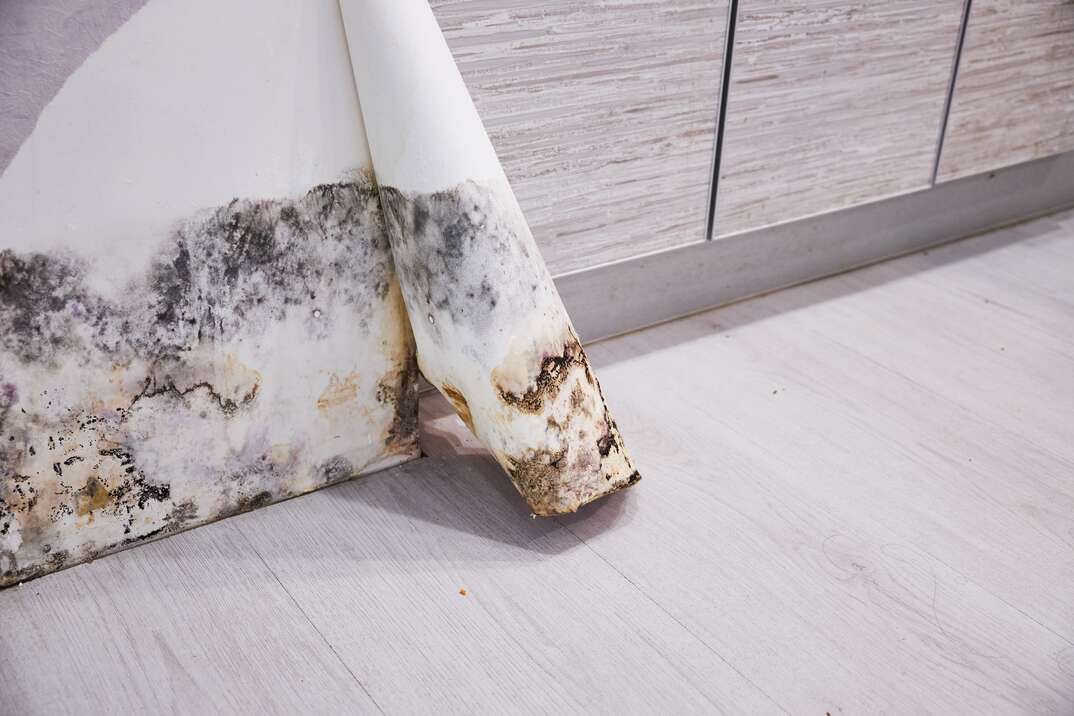Your Ultimate Overview to Blog Post Mold And Mildew Removal Techniques
Navigating the world of post-mold remediation methods is a precise procedure that demands interest to detail and a comprehensive understanding of the details included. In the after-effects of mold invasion, recognizing just how to efficiently eradicate the mold and mildew and avoid its reoccurrence is extremely important for preserving a healthy and balanced indoor atmosphere. From selecting the best cleaning and sanitizing methods to applying strategies for long-term mold prevention, each action in the remediation trip plays a vital function in making sure an effective result. As we get started on this expedition of post-mold remediation strategies, we will reveal the essential methods and finest methods that can assist you recover your area to its pre-mold problem and secure it versus future mold risks.
Recognizing Post-Mold Remediation Process
After completing the mold removal procedure, it is crucial to comprehend the post-mold removal strategies that are necessary to ensure a thorough and reliable cleanup. As soon as the mold and mildew has actually been removed, the following action entails cleansing and decontaminating the influenced locations to stop any type of regrowth of mold.
Moreover, performing a final examination post-remediation is vital to make certain that all mold and mildew has actually been successfully eradicated. This assessment needs to entail a detailed aesthetic check in addition to perhaps air sampling to validate the lack of mold spores in the air. Additional remediation might be needed if the inspection exposes any kind of lingering mold and mildew. Educating passengers on precautionary steps such as controlling moisture degrees and without delay resolving any type of water leakages can aid keep a mold-free environment.
Effective Cleansing and Sanitizing Approaches

Stopping Future Mold Growth

Significance of Appropriate Air Flow
Appropriate air flow plays a vital role in stopping moisture buildup, a vital consider mold and mildew development within interior atmospheres. Effective ventilation systems aid get rid of excess moisture from the air, lowering the opportunities of mold and mildew spores discovering the dampness they require to spread and sprout. Without sufficient air flow, indoor spaces can become a breeding ground for mold and mildew, bring about possible health threats and structural damage.
By ensuring correct air flow, ventilation systems can also assist in drying out wet areas quicker after water damages or flooding occurrences, additionally preventing mold and mildew growth. Post Remediation Inspection near me. Precede like shower rooms, attic rooms, cooking areas, and cellars where wetness degrees have a tendency browse around these guys to be greater, mounting and keeping effective air flow systems is vital in stopping mold invasions

Monitoring and Maintenance Tips
Provided the critical function that appropriate ventilation plays in preventing mold growth, it is crucial to develop effective surveillance and maintenance tips to ensure the ongoing capability of air flow systems. Normal examinations of air flow systems should be carried out to inspect for any signs of blockages, leaks, or malfunctions that might restrain correct airflow. Tracking humidity degrees within the residential property is additionally important, as high moisture can add to mold and mildew growth. Setting up a hygrometer can assist track moisture degrees and sharp house owners to any type of spikes that might call for focus. Furthermore, making sure that air filters are frequently cleaned or replaced is necessary for keeping the effectiveness of the air flow system. Executing a routine for routine maintenance tasks, such as duct cleaning and a/c system assessments, can help prevent concerns before they intensify. By staying proactive and alert to the condition of ventilation systems, property owners can successfully minimize the danger of mold and mildew regrowth and preserve a healthy and balanced interior environment.
Conclusion
To conclude, post-mold remediation strategies are important for guaranteeing a tidy and risk-free environment. Recognizing the procedure, carrying out reliable cleaning and sanitizing methods, protecting against future mold and mildew growth, preserving correct air flow, and normal surveillance are all essential steps in the removal process. By adhering to these guidelines, you can efficiently get rid of mold and avoid its return, promoting a healthy living or working area for all passengers.
In the consequences of mold and mildew invasion, knowing exactly how to successfully eliminate the mold and stop its reoccurrence is vital for keeping a healthy and balanced interior setting. Once the mold has actually been gotten rid of, the next action includes cleansing and sanitizing the impacted areas to avoid any type of regrowth of mold and mildew - After mold remediation. After getting rid of visible mold growth, it is important to clean all surfaces in the affected location to eliminate any staying mold spores. To even more improve mold and mildew prevention procedures, it is necessary to attend to underlying concerns that originally led to mold advancement.Offered the essential role that correct air flow plays in avoiding mold and mildew growth, it is essential to develop efficient tracking and upkeep pointers to make sure the continued capability of ventilation systems